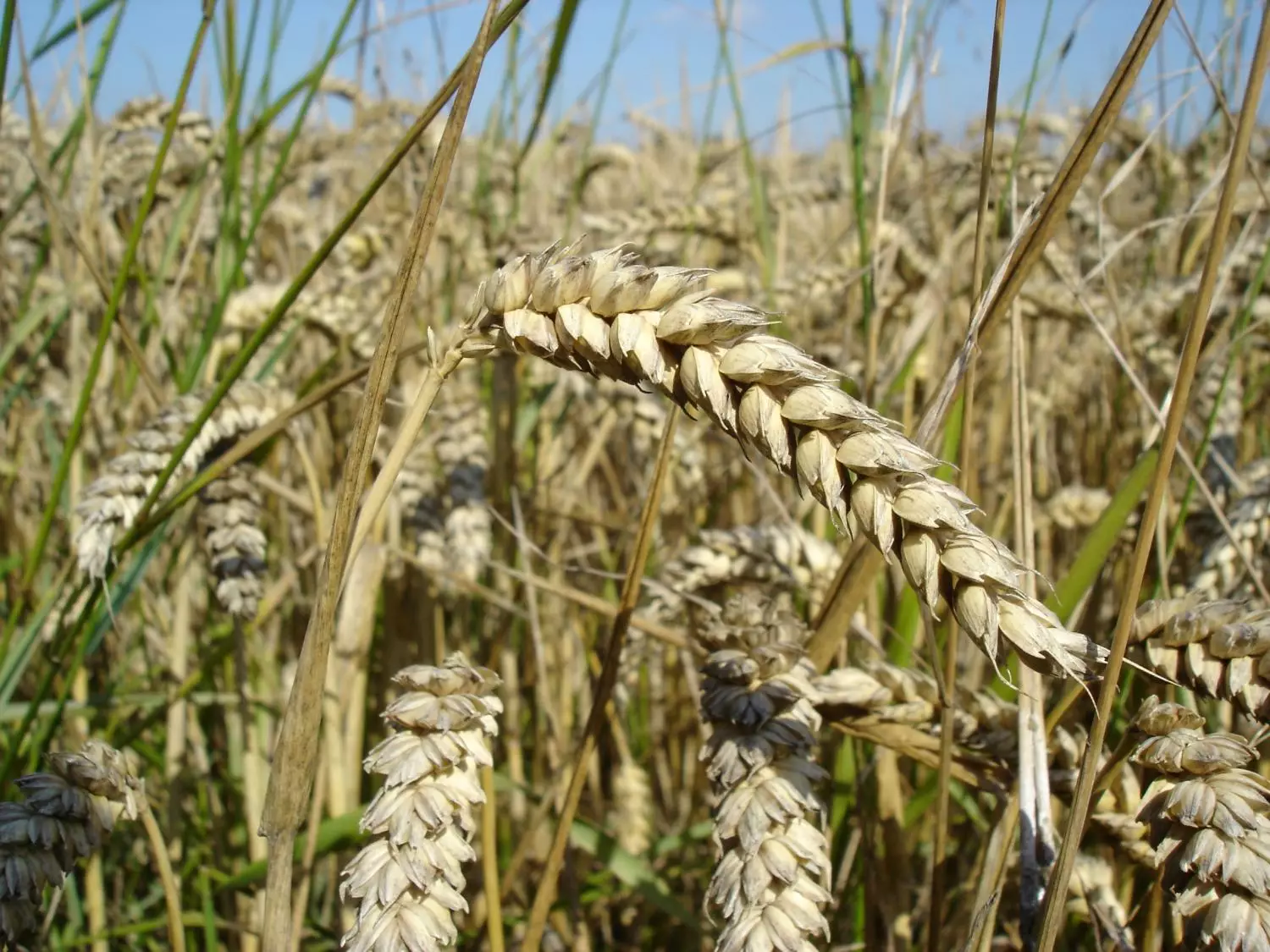A recent investigation conducted by the Pesticide Action Network (PAN) in the United Kingdom has raised concerns about the continued use of harmful pesticides that have been banned in other European countries. These pesticides have been linked to detrimental effects such as water contamination, cancer, infertility, and other illnesses. In light of this alarming revelation, researchers at the University of Nottingham have made an exciting breakthrough in the field of crop protection: the development of a material that could potentially replace current fungicides and provide a safer alternative for the environment, wildlife, and human health.
Led by Professor Simon Avery and his team at the Faculty of Medicine and Health Sciences, the researchers discovered a test material that works passively to resist the attachment of fungal spores. By preventing fungal infection, including on crop surfaces, this material has the potential to protect crops from fungi without the need for toxic chemicals. Professor Avery explains, “The test material is not toxic but works by passively resisting attachment of fungal spores to protect surfaces from fungal infection, including crop surfaces.”
A Successful Field Trial with Wheat
In their study, the researchers conducted a field trial with wheat to assess the effectiveness of the material. Through bio-performance testing using in vitro microplates and leaf-based assays, they identified two lead polymer candidates. These candidates were then optimized and synthesized on a larger scale to create a spray formulation suitable for crop application. The results of the trial were highly encouraging, showing that the material not only significantly reduced fungal infection but also allowed the crop to grow as well as the control group. This breakthrough has the potential to enhance crop protection and address the challenge of fungal infections, which currently cause a 5-10% loss in yields even with the use of resistant crop varieties and fungicides.
One of the significant advancements of this research is the successful demonstration of how the material interacts with crops in a real-world setting. The field trial compared the two polymer candidates to a multisite fungicide and two commercial fungicide programs. The positive outcomes of the trial indicate that these polymers could play a crucial role in future disease control strategies. Moreover, they have the potential to reduce the risk of fungicide resistance development, thereby extending the lifespan of existing products. Chloe Morgan, a senior research scientist in Arable Crop Pathology at ADAS, an independent provider of agricultural and environmental consultancy, affirms the significance of the trial results: “The results of the field trial were very promising, showing that polymers have a level of efficacy against Septoria tritici. With further optimization, they could play a vital role in future disease control strategies.”
With the successful completion of the first field trial, the researchers are now focusing their attention on a second field trial scheduled for later this year. This trial aims to refine and improve the polymer, bringing this breakthrough one step closer to practical application. Valentina Cuzzucoli Crucitti, a research fellow in the Faculty of Engineering at the University of Nottingham, emphasizes the importance of this ongoing research: “Our attention is now turning to a second field trial that’s in the diary for this year to further hone and improve the polymer so we can continue turning our research into reality.”
Paving the Way for a Safer and More Sustainable Future
The discovery of this new material holds immense promise for the future of crop protection. Not only does it offer an alternative to harmful fungicides, but it also has the potential to enhance food security by reducing crop losses caused by fungal infections. Additionally, this breakthrough could minimize the negative impacts of agriculture on the environment, wildlife, and human health. By reducing the need for toxic chemicals, these polymers could pave the way for a safer and more sustainable agricultural industry. As further research and testing continue, the potential benefits of this material will become increasingly apparent, offering hope for a brighter and healthier future for all.


Leave a Reply